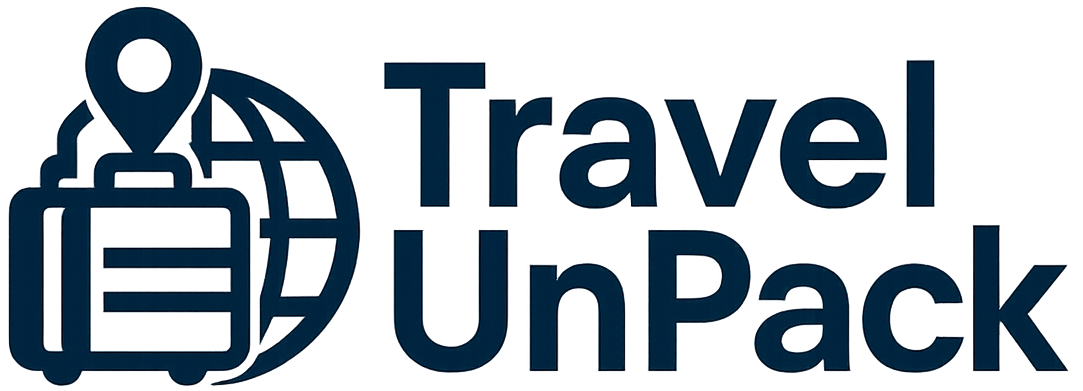Parallel Project Learning: Developing Professional Skills Without Quitting Your Job
Have you ever felt that you are stagnating professionally, but you can't just drop everything to study? The good news is that there is an effective solution: the parallel project learning. This technique allows you to develop valuable skills while maintaining your work routine, balancing growth and stability.
Imagine being able to apply new knowledge in real-life situations, building a solid portfolio without relying exclusively on your current job. This not only increases your chances of promotion, but also opens doors to new opportunities. Want to know how to get started? Let's explore practical strategies for implementing this approach.
What Parallel Project Learning Is and Why It Works
Learning through side projects consists of developing professional skills through extracurricular initiatives, i.e. projects that you carry out outside of your working hours. These activities can be freelancing, volunteering, content creation or even small businesses. The key here is learning by doinginstead of just consuming theory.
Why is this approach so effective? Firstly, because you put the knowledge into practice immediately, speeding up the learning process. Secondly, these projects provide concrete evidence of what you are capable of, something that is extremely valued in the market. Thirdly, they allow you to explore different areas without risking your financial stability.
A classic example is a marketing analyst who wants to move into data. Instead of just taking online courses, he can create a blog analyzing market trends using Python and visualization tools. This way, he not only learns, but also builds a relevant portfolio.
But how do you choose the right project? It all starts with a clear objective. If you want to improve your communication skills, you could start a podcast or write articles. If you want to learn programming, you could develop a simple application. The important thing is that the project is aligned with your professional goals.
Setting Clear and Realistic Goals for Your Projects
Before diving into a side project, it is crucial to define what you want to achieve. Without well-structured goals, it's easy to lose focus or give up halfway through. Start by asking yourself: What skills do I want to develop? How will it impact my career?
A common mistake is to try to tackle very complex projects straight away. If you've never programmed before, there's no point in trying to create an artificial intelligence system from scratch. Instead, start with something simple, like automating a spreadsheet using Python. Small victories keep motivation high and create a positive learning cycle.
Another important aspect is time. If you work eight hours a day, there's no point in planning a project that requires another 20 hours a week. Be realistic: even if you dedicate one or two hours a day, you can make significant progress. Tools such as Trello or Notion can help you organize your tasks and deadlines.
Finally, define success metrics. If your goal is to improve your graphic design, how many projects do you need to complete in three months? If you want to learn sales, how many clients do you need to serve in a freelance project? Keeping these figures in mind helps you stay on track and celebrate achievements.
Choosing the Right Projects for Your Development
Not every side project will have the same impact on your career. Some will be more relevant, others may just be distractions. The key question is: Is this project bringing me closer to my professional goals?
If you're an accountant and want to become an expert in corporate finance, creating a YouTube channel teaching basic accounting concepts can be useful, but not necessarily the most strategic. Instead, you could develop advanced financial analysis spreadsheets and offer them as free material to attract leads.
Another important criterion is challenge level. If the project is too easy, you won't learn anything new. If it's too difficult, you might give up. The ideal is something that requires a little more than you already know, but is still achievable with effort.
Also consider networking potential. Projects that involve collaboration, such as contributing to open source or participating in hackathons, can connect you with influential professionals. Platforms such as GitHub (for developers) or Behance (for designers) are excellent for exhibiting your work.
Managing Time and Energy to Avoid Overloading Yourself
One of the biggest challenges of parallel project learning is reconcile everything without exhausting yourself. Work, personal life and studies already take up a good part of the day. How can you fit one more activity in without damaging your mental health?
The answer lies in intelligent time management. Instead of trying to do everything at once, divide your project into microtasks. Dedicate 30 minutes a day or larger blocks at weekends. Tools such as Pomodoro Technique can help keep you focused during these periods.
Another strategy is integrate the project into your current routine. If you want to improve your English, why not replace some of the content you consume in Portuguese with podcasts or articles in English? If you want to learn project management, you can apply methodologies such as Scrum to domestic tasks.

It is also essential knowing when to stop. If a project is sucking up all your energy and not bringing any return, maybe it's time to rethink it. Don't be afraid to adjust the plan or even abandon initiatives that no longer make sense. The aim is to evolve, not torture yourself.
Applying Acquired Knowledge to Current Work
One of the biggest benefits of side projects is that they can improve your performance in your current job. If you're learning data analysis, for example, you can suggest optimizations to the company's reports. This not only demonstrates proactivity, but also increases your chances of recognition.
Imagine a teacher who is developing a blog about innovative education. By applying storytelling techniques learned in the project, their lessons can become more engaging. Or a salesperson who studies behavioral psychology and uses these insights to close more deals.
How to convince your boss? Show concrete results. If you've learned to automate processes, present a working prototype. If you've improved your communication skills, suggest leading an important presentation. Many companies value employees who seek growth on their own.
In addition, these projects can open doors to new functions within the same organization. If you work in HR and have developed skills in digital recruitment, you can be promoted to talent attraction specialist. All you have to do is align your new skills with the company's needs.
Turning Side Projects into Professional Opportunities
Well-executed projects are not just for learning - they can become gateways to new careers. A solid portfolio is often worth more than a degree when it comes to demonstrating practical skills.
Think of a developer who creates applications as a hobby. If one of them gains traction, it can become a marketable product. Or a copywriter who starts a blog and, over time, receives proposals from clients interested in their work.
How to monetize? Platforms such as Upwork e Fiverr allow you to offer freelance services. If you prefer digital products, sites like Gumroad help sell e-books, courses and templates.
Another possibility is to use the projects as success story in job interviews. Instead of just saying that you know how to manage social networks, show the growth of a profile that you have managed yourself. Concrete figures impress recruiters.
Staying Motivated and Avoiding Burnout
The learning journey through side projects is not linear. There will be days of great productivity and others when you want to give up. How do you maintain consistency without getting frustrated?
First, celebrate small victories. Have you completed a stage of the project? Share it with friends or on social media. Received positive feedback? Write it down and remember it in difficult times.
Second, find a community. Participate in groups at LinkedIn or forums like Reddit connects you to people with similar goals. Exchanging experiences reduces the feeling of loneliness in the process.
Third, allow yourself breaks. If you're exhausted, rest. A side project shouldn't be a source of stress, but of fulfillment. Recharging your energy often brings new ideas and perspectives.
Finally, re-evaluate periodically. Every three months, review progress and adjust the plan if necessary. What worked? What can be improved? Flexibility is essential for sustainable growth.
Conclusion
Learning through parallel projects is one of the most effective ways of evolve professionally without giving up stability. With clear objectives, time management and practical application, you can develop valuable skills and even discover new passions.
How about starting today? Choose a small project, set realistic goals and take the first step. Remember: great careers often start with simple initiatives done in your spare time. The important thing is don't stand still.



